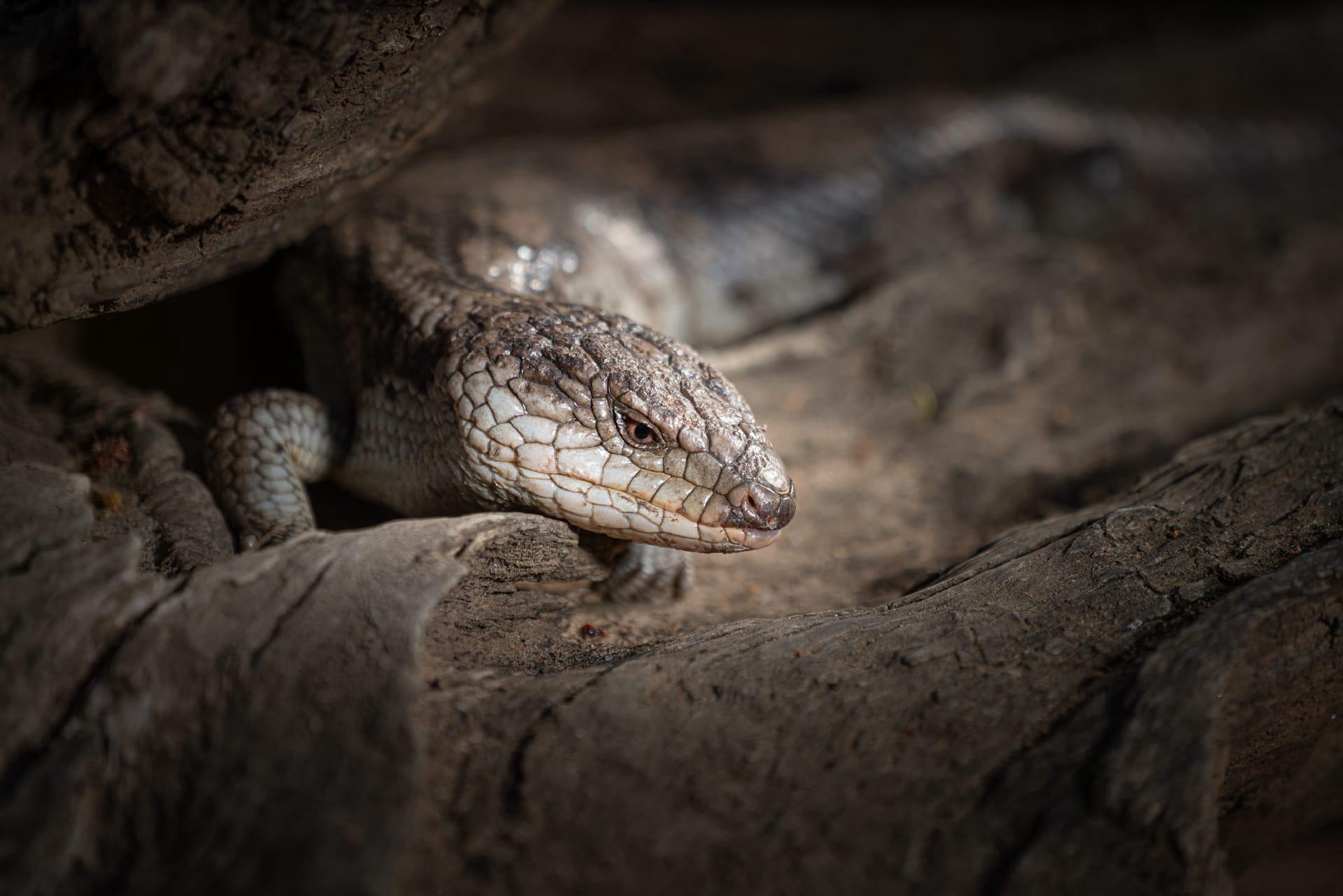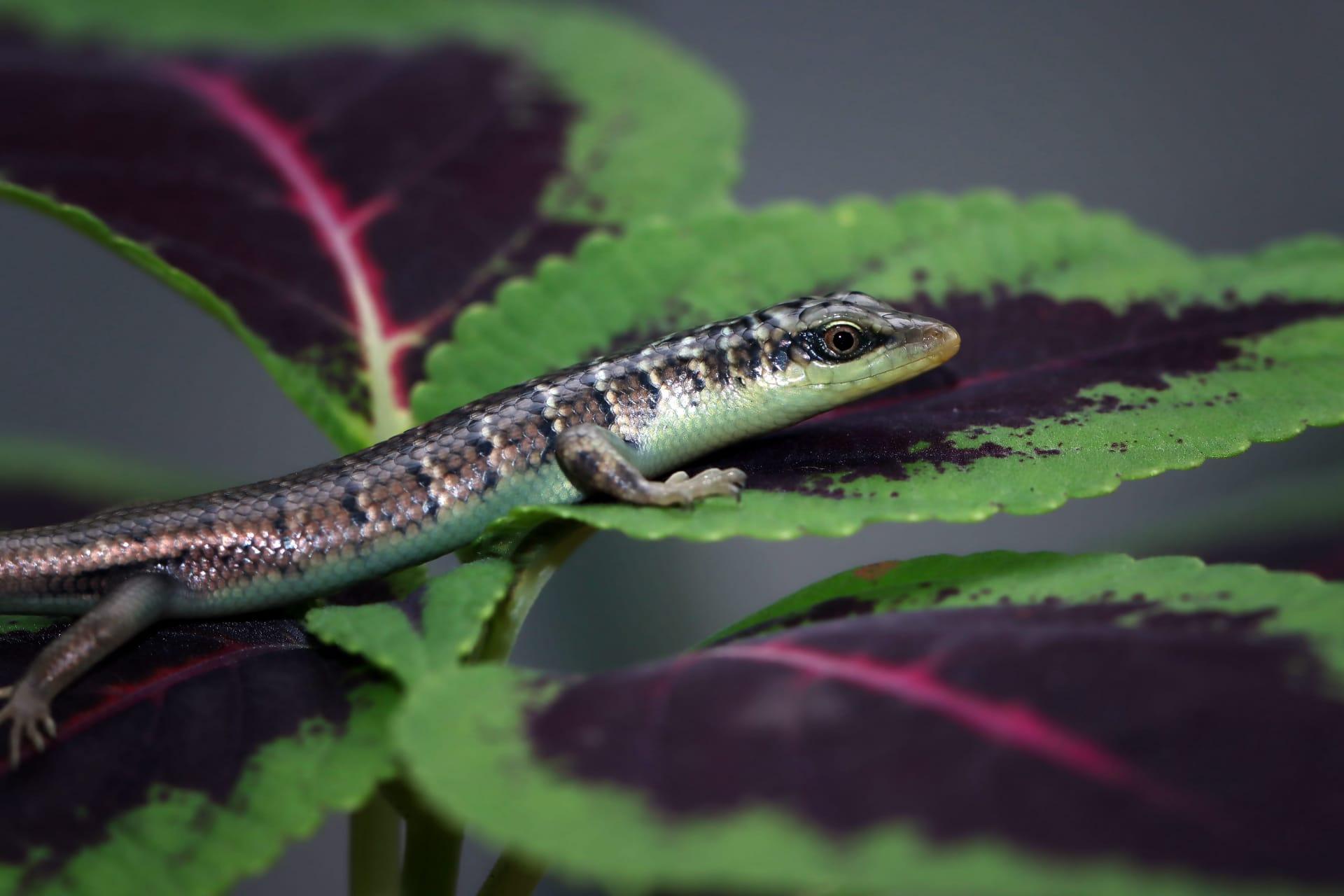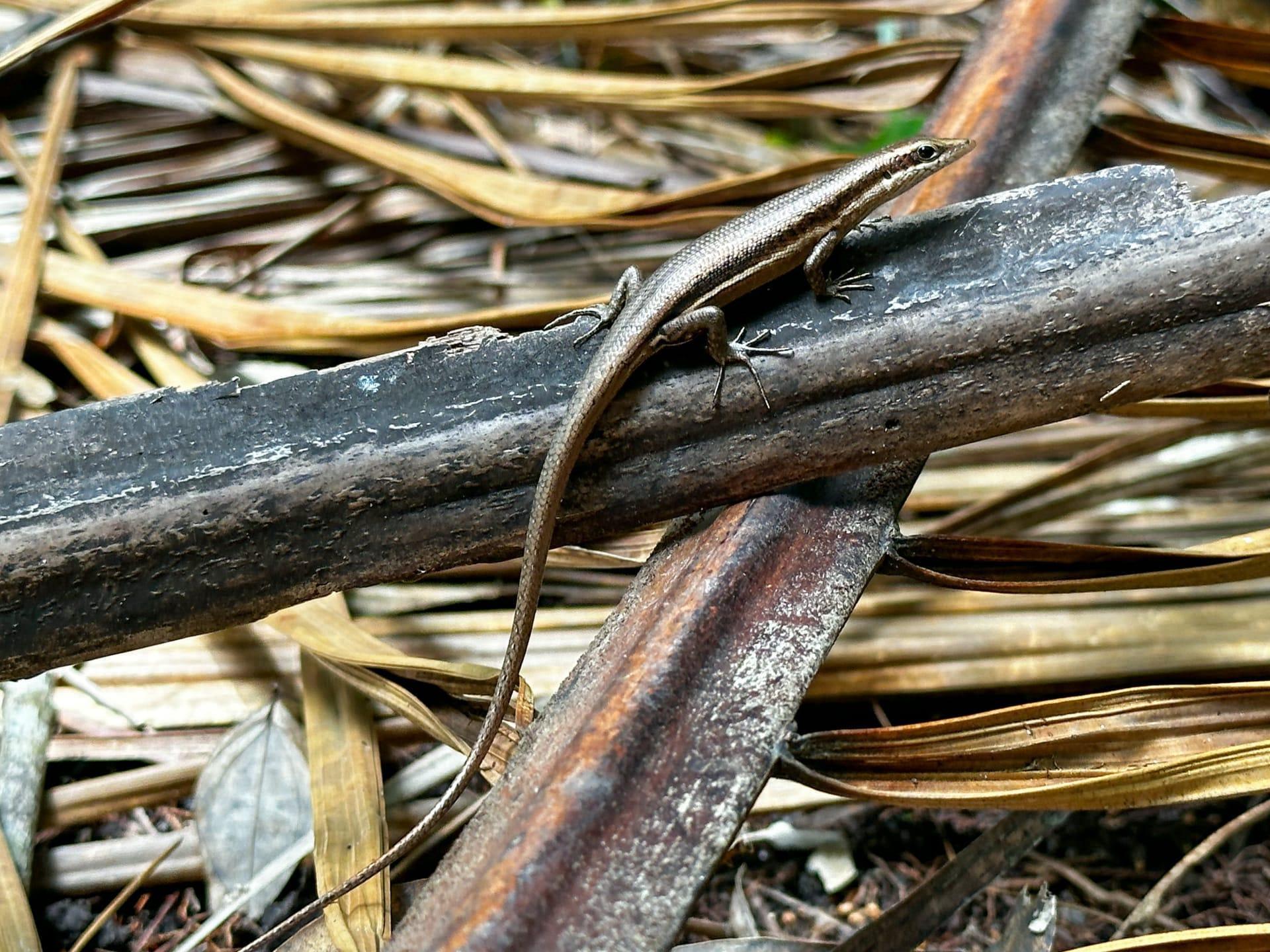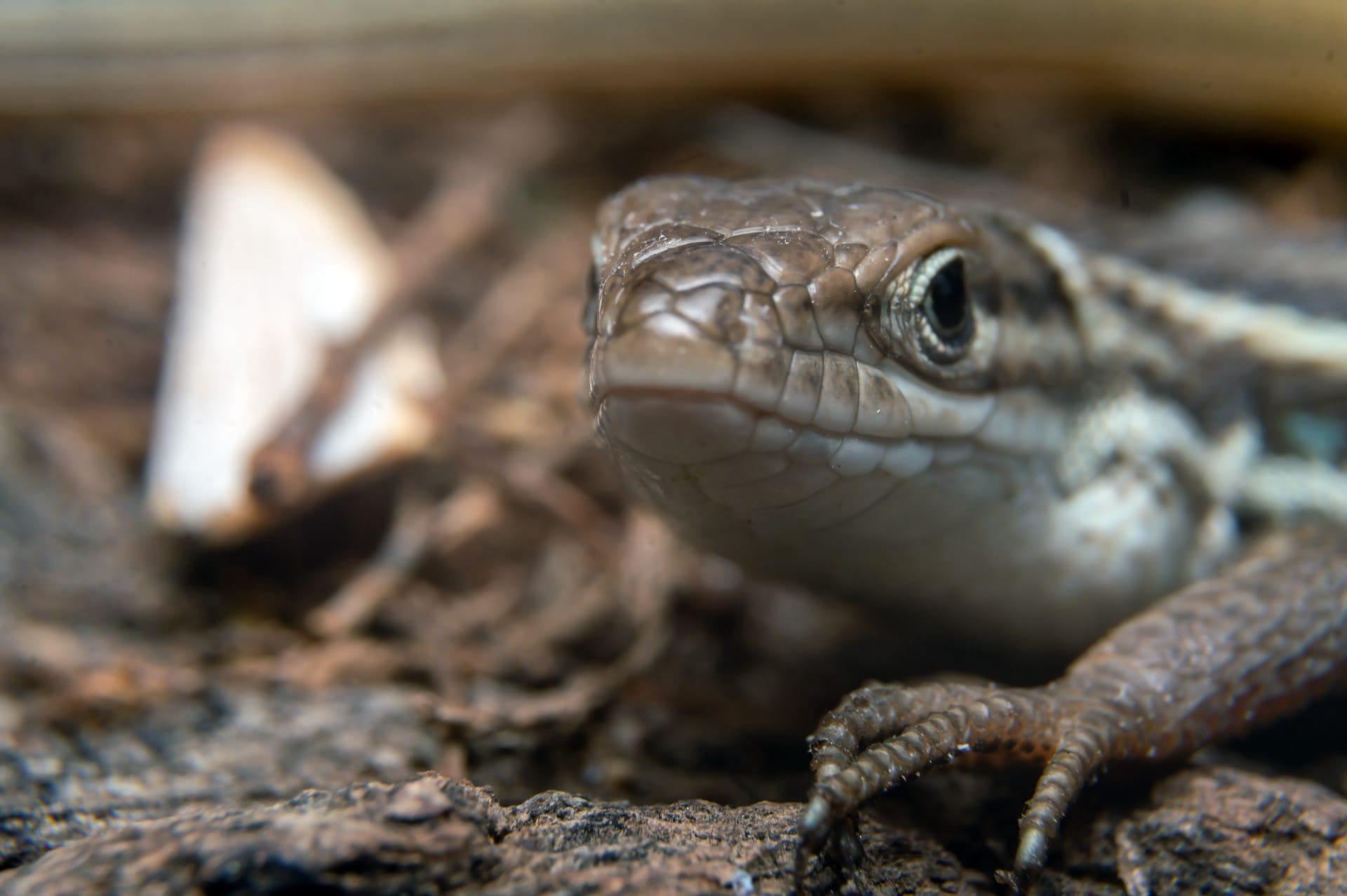Skinks Trivia
- Home /
- Trivia Question /
- Animal /
- Skinks Trivia
1
Question: What unique physical feature distinguishes skinks from other lizards?
Answer: Skinks are known for their smooth, shiny scales, giving them a sleek appearance. Unlike other lizards, many skink species have no pronounced neck, and their legs are relatively small. Some species, like the limbless skinks, have either very small limbs or none at all, appearing more snake-like.
Question: How do skinks adapt to their environments?
Answer: Skinks are masters of adaptation. They can be found in various habitats, from deserts to rainforests. For example, the sandfish skink has evolved to 'swim' through sand in desert environments, while forest-dwelling skinks utilize their climbing ability. Their diet is also adaptable, ranging from insects and arachnids to fruits and vegetables.

2
Question: Is it true that all skinks have venomous bites?
Answer: No, this is a common misconception. Only a few skink species, like the blue-tongued skink, produce mild venom. This venom is not harmful to humans and is primarily used to subdue small prey.
Question: Do skinks have the ability to regenerate lost tails?
Answer: Yes, many skink species can regenerate their tails, a defense mechanism against predators. However, the new tail may differ in color and texture from the original and may be shorter.

3
Question: How do skinks communicate with each other?
Answer: Skinks use a variety of communication methods, including body language, posturing, and vocalizations. Some species, like the blue-tongued skink, display their brightly colored tongues as a warning signal to predators or during territorial displays.
Question: What is the lifespan of skinks in the wild?
Answer: The lifespan of skinks varies by species. On average, they live between 5 to 20 years in the wild. Factors influencing their lifespan include habitat, predation, and availability of food. In captivity, with proper care, some skinks can live longer.

4
Question: What role do skinks play in their ecosystem?
Answer: Skinks are vital to their ecosystems, acting as both predators and prey. They help control insect populations, and their presence indicates a healthy environment. Additionally, they are prey for larger animals, thus contributing to the food chain.
Question: Can skinks change color?
Answer: While skinks cannot change color as dramatically as chameleons, some species can slightly alter their coloration. This subtle change helps them in thermoregulation or camouflage. For instance, a skink may darken its skin to absorb more heat.

5
Question: Are skinks social creatures?
Answer: Skinks are generally solitary, except during mating season or when basking in the sun. Some species may display social behaviors like communal nesting, where multiple females lay eggs in the same area.
Question: What are the primary threats to skink populations?
Answer: The main threats to skinks include habitat loss due to human activities, predation by introduced species like cats and dogs, and climate change. Conservation efforts are crucial to protect these diverse and adaptable reptiles.